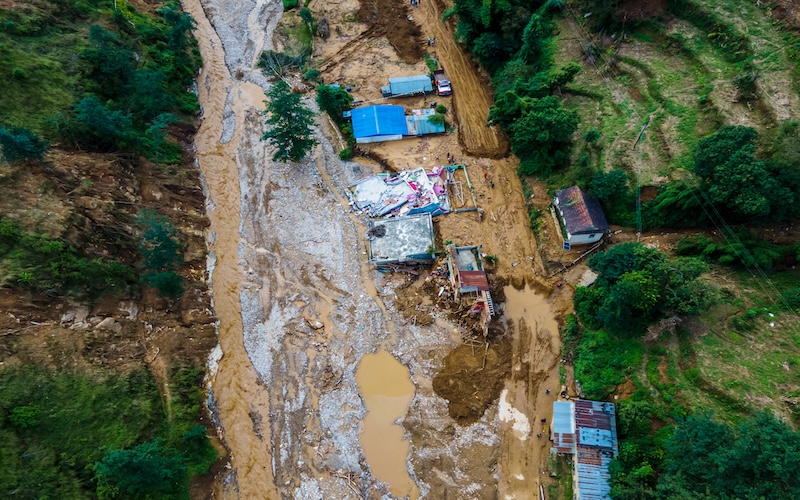Mastering River Crossings Without Bridges
Rivers in the wilderness often appear deceptively calm but can hide swift currents, unstable footing, and hidden debris that pose significant dangers. Safely navigating a river crossing requires preparation, observation, and strategic decision-making. By understanding the risks and applying proven techniques, you can turn a potentially hazardous obstacle into a manageable challenge.
Assessing the River
Start by carefully evaluating the river's conditions before attempting a crossing. Look for calm, shallow sections where the water appears slow-moving. Avoid areas with whitewater or eddies, which indicate faster currents and greater turbulence. Observe any changes in depth or flow patterns, as sudden drop-offs or narrow constrictions can signal danger.
Identify safe entry and exit points. The riverbanks should be stable, with gentle slopes to make entering and exiting the water easier. Use natural markers like large rocks, sandbars, or trees to plan your path across. If visibility is poor, a trekking pole or stick can help you gauge depth and stability.
Preparing Your Gear
- Wear sturdy footwear: Choose shoes with solid traction to navigate slippery or uneven surfaces.
- Use a trekking pole or stick: This provides additional balance and helps counter the force of the current.
- Waterproof your gear: Pack valuables in dry bags and securely attach them to your backpack.
- Tighten straps: Reduce snagging on rocks or branches and ensure your backpack has a quick-release mechanism for emergencies.
Crossing Safely
- Move slowly and deliberately: Enter the water carefully, keeping your body low to reduce resistance.
- Face upstream: Lean slightly into the current to maintain balance.
- Use a side-shuffling motion: Move one foot at a time while keeping the other firmly planted.
- Crossing in groups: Link arms or hold onto shoulders, positioning the strongest person upstream to break the current.
Identifying Hazards
- Watch for submerged obstacles: Rocks, logs, and sudden drop-offs can be hidden beneath the surface.
- Look for debris: Floating logs or branches can be dangerous if they collide with you.
- Be aware of cold water risks: Exposure to freezing temperatures can lead to hypothermia, impairing movement and decision-making.
- Avoid crossing swollen rivers: Recent rain or snowmelt can cause rapid increases in water levels and dangerous currents.
Adapting to Conditions
- Break long crossings into sections: Use rocks or sandbars as rest points.
- Use a backpack for flotation: If necessary, loosen your backpack and hold it in front of you to assist with buoyancy.
- Exercise patience: If conditions are too dangerous, waiting for water levels to drop is often the safest option.
- Seek alternative routes: Adding extra distance is preferable to taking unnecessary risks.
Conclusion
River crossings in the wilderness can be intimidating, but with knowledge and a measured approach, they become surmountable challenges. Understanding the risks and adapting to the environment minimizes danger and increases your chances of success. In the unpredictable wild, mastering skills like these strengthens your ability to tackle any obstacle with resilience and precision.




